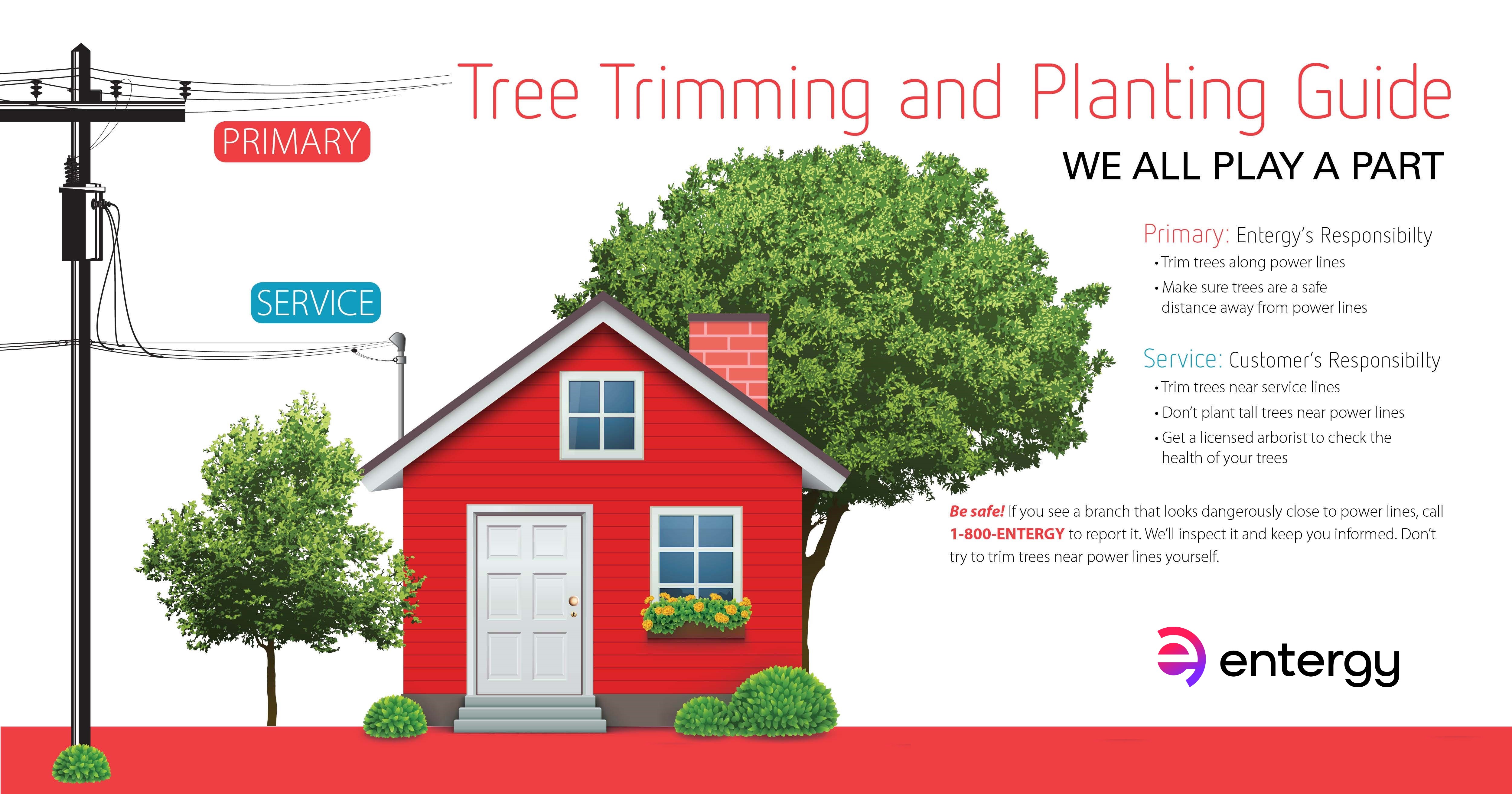Watch For Vital Signs That Suggest Your Tree Could Present A Danger; Knowing These Can Protect Your Home And Family.What Should You Monitor Next?
Watch For Vital Signs That Suggest Your Tree Could Present A Danger; Knowing These Can Protect Your Home And Family.What Should You Monitor Next?
Blog Article
Created By-McDonald Butcher
When it involves tree treatment, identifying the indications that it's time for removal is necessary for your security and property. Pruning Rubber Tree may see tarnished leaves, wilting branches, or strange fungal developments indicating illness. Architectural problems, like a considerable lean or cracks in the trunk, can additionally position risks. Comprehending these warning signs can help you make notified choices regarding your trees and protect against prospective threats prowling in your lawn. What should you seek following?
Signs of Degeneration and Illness
When you observe indications of degeneration and disease in your trees, it's essential to act quickly. Try to find blemished leaves, wilting branches, or uncommon developments like fungus. These can indicate that your tree is struggling.
If you see fractures in the bark or soft, mushy wood, these signs recommend internal decay. Additionally, an abrupt boost in pests around your tree can signal that it's compromised and prone.
Check for any dead or dying arm or legs, as they pose a danger to your property and security. If you doubt regarding what you see, getting in touch with an arborist can provide clarity.
Addressing https://www.5newsonline.com/article/news/benton-county-environmental-department-offer-tips-on-christmas-tree-disposal/527-5e32176b-3c70-4843-b8c5-546ca3158a5b can conserve you from much more substantial damages and guarantee the health of your yard. Do not wait until it's far too late.
Structural Instability and Leaning
As you observe your trees, keep an eye out for any kind of indicators of architectural instability or leaning. If a tree leans dramatically, it might suggest that the origin system is jeopardized.
Search for any kind of cracks in the trunk or dirt around the base; these can indicate prospective failing. Furthermore, check for unusual growth patterns, like a lopsided crown, which may recommend that the tree is battling to hold itself upright.
If you notice that the tree favors your home, power lines, or other frameworks, it positions a higher danger. Do not overlook these indications-- consult an arborist to analyze the circumstance.
Acting early can stop pricey damage and guarantee your safety.
Dead or Dying Branches and Foliage
If you see dead or dying branches and foliage on your tree, it's a clear sign that something's incorrect.
These undesirable areas can indicate underlying concerns like disease, bug infestations, or environmental stress and anxiety. When branches shed their fallen leaves or transform brown, they're no more adding to the tree's health and wellness. Disregarding these signs might result in more decrease, making your tree much more dangerous.
Dead branches can conveniently break off throughout tornados, positioning a risk to residential property and individuals close by. It's important to assess the level of the damage.
If the issue influences a significant part of the tree, think about seeking advice from a professional. They can help establish if removal is required to guarantee safety and maintain the beauty of your landscape.
Final thought
If you notice any type of signs of decay, structural instability, or dead branches on your trees, don't disregard them. These signs can present serious safety risks to you and your residential property. It's constantly best to speak with a professional arborist who can give a specialist evaluation of your trees. Acting early can avoid accidents and pricey damages, ensuring your landscape continues to be safe and healthy and balanced. Bear in mind, it's much better to be aggressive concerning tree care than to wait on a calamity to occur.
